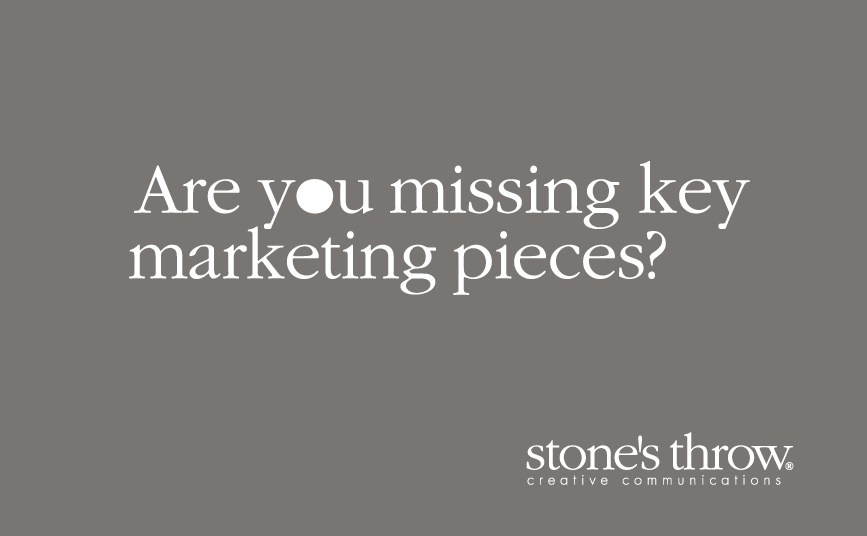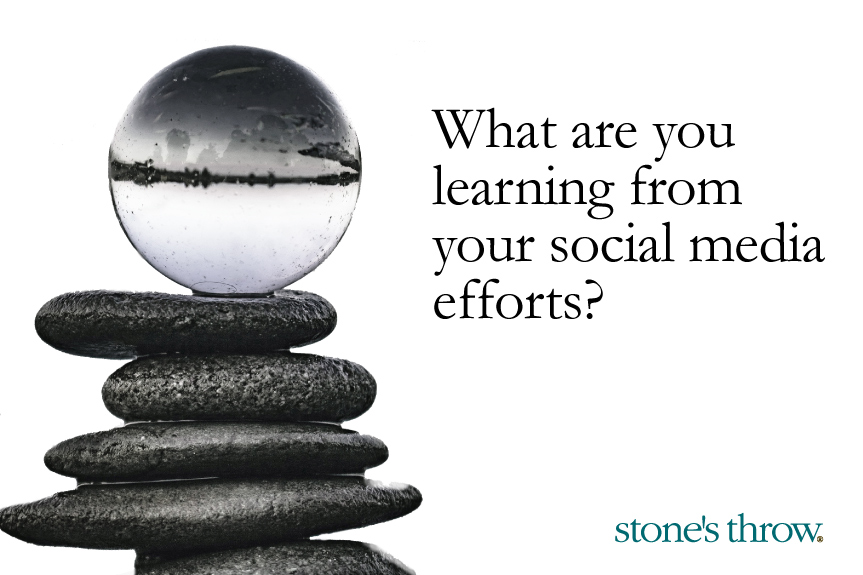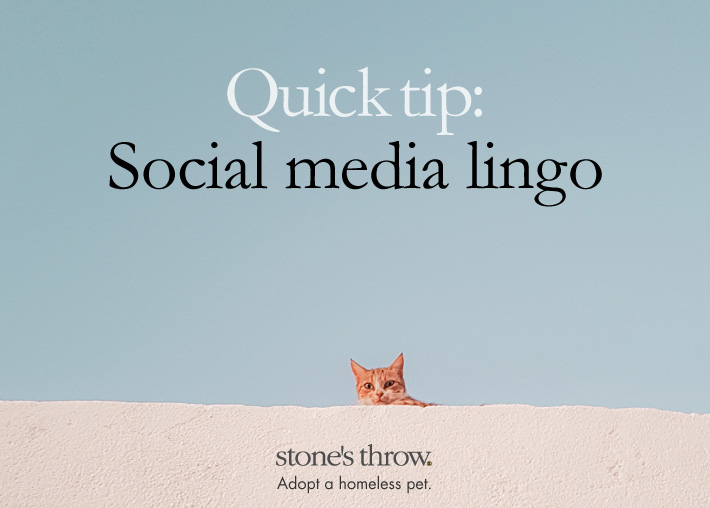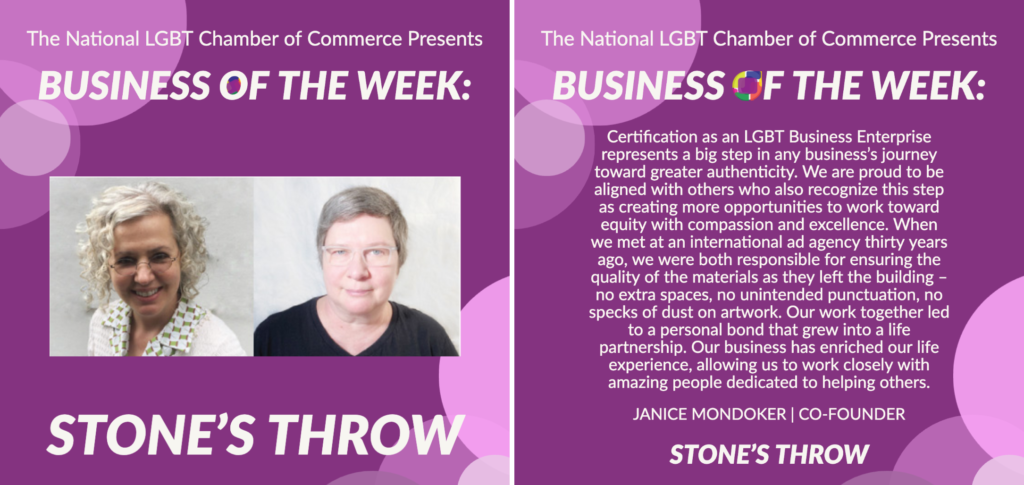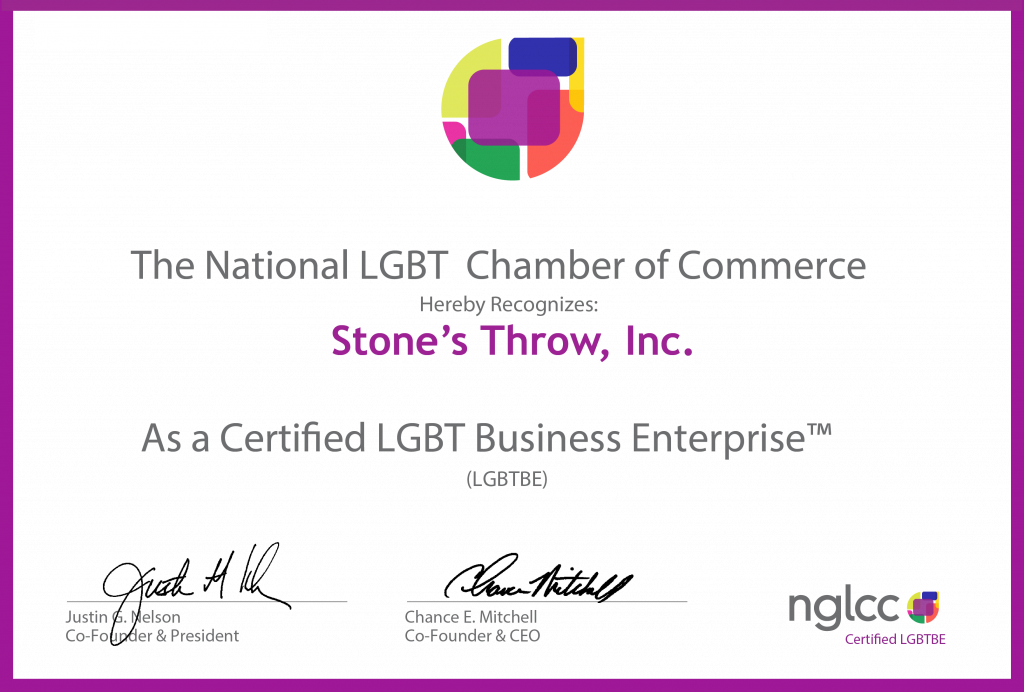For your small to mid-size organization, you’re probably not going to invest in a sustained national television ad campaign; you’re going to TARGET your efforts to more likely potential clients, members, donors, or customers. Do you have the tools to do that?
Those tools may fall into three major categories:
Foundation: Tools that help you create a presence for your firm that appeals to your target audiences:
- A revealing logo
- A tagline
- A CRM to track your customer and potential customer contact and contact information
- A website and online presence
Outreach: Tools that provide support as you reach out to your target audiences:
- Advertising
- Email marketing
- Direct mail
- Press releases
Engagement: Tools that provide support as you build stronger relationships with clients:
- Trade show or conference participation
- Blog contribution or white papers
- Social media and/or online communications
- Capabilities materials, like PowerPoint presentations, a quick snapshot of your capabilities, a brochure – all the things that you might share with prospects as you have conversation about what would help solve their problems, make their process easier, or otherwise assist them in accomplishing their mission.
Do you see any obvious holes in your marketing toolbox? Missing any tools? If you want to reach members of a particular trade organization, have you joined the association? attended functions? sponsored events? taken advantage of member outreach? What tools do you need to support those efforts? You’ll need tools from each category. Once you’ve identified any disconnects in your messaging (see “ Are you avoiding a marketing audit?”) and any missing tools in your marketing toolbox, it’s time to develop a communications strategy. A communications strategy serves as a guidepost to ensure that your messaging stays on track and is exposed to the right audiences in order to help meet your organization’s objectives. Learn more about a simple and fun technique to get started. (See “What am I?”)

